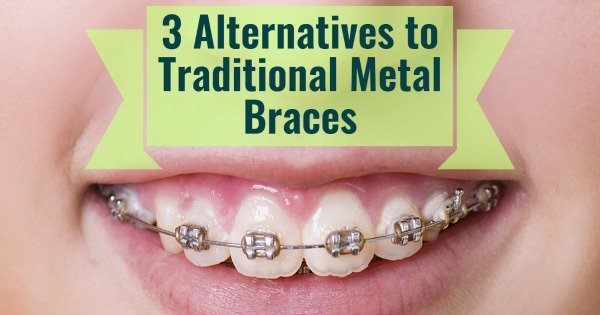Posted on September 15, 2021

Over 3.5 million kids and teenagers in America start wearing braces every year. However, while traditional metal braces may seem standard, there are actually quite a few alternatives. If your dentist or orthodontist has recommenced braces, here are three alternatives that you should ask about.
Invisalign clear aligners are a popular alternative to traditional metal braces, and they can be particularly useful for those who would feel self-conscious in metal braces. Invisalign aligners also often require fewer visits to your orthodontist, and because they slip in and out, they are easy to clean and maintain. However, you will have to wear them for at least 20 to 22 hours every day, taking them out only to eat and drink. Additionally, Invisalign often comes with a shorter treatment time than traditional braces, making it very popular with adults. With that said, because a lot of the process is done on your own, you have to be prepared to take care of your aligners and stick to your treatment schedule so that you can swap aligners as required to advance treatment.
Clear braces are another alternative to traditional metal braces, although they share a similar method. The difference is that the brackets are clear and much less noticeable. This makes them a good choice for someone who isn’t a candidate for Invisalign but still wants a less noticeable option. The process for treatment is still the same, and tightening will be needed throughout. However, unlike Invisalign, clear braces can be used to treat even the most difficult cases of misalignment or irregular bite patterns.
Lastly, self-ligating braces are another alternative to consider, and while they are noticeable, they do have benefits. These braces use a built-in system to help secure the archwire to the brackets. This differs from traditional braces where elastic bands are often used to secure the archwire to the brackets. The main benefits of these types of braces include shorter orthodontist visits, since the adjustment is less time-consuming, easier cleaning, and less discomfort than traditional braces. While they are more noticeable than the above options, they are something to consider if your orthodontist provides them.
If your dentist or orthodontist has recommended braces, there are three alternatives to keep in mind and ask about during your next visit. While not all of these treatments may be right for your case, your orthodontist will help you decide on which course of treatment would benefit you the most.